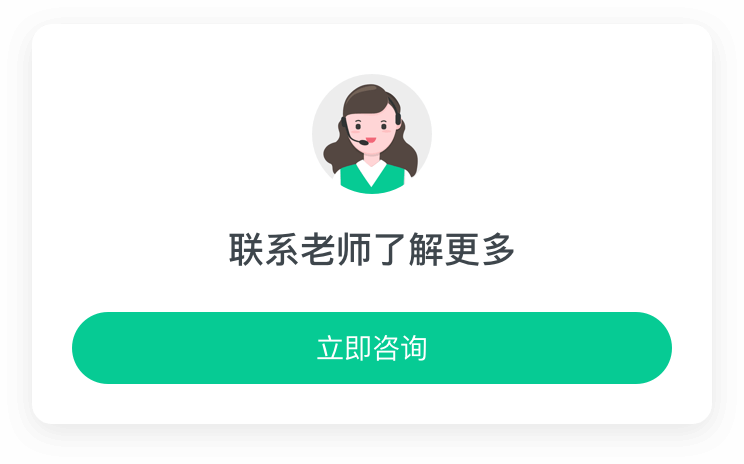今天在适配 HarmonyOS NEXT 原生应用时,重点研究了 HarmonyOS Design 规范下的数据库设计与操作。作为开发者,深刻体会到遵循统一设计语言对提升应用体验的重要性。以下是一些实践记录:
1. 数据模型设计
按照 HarmonyOS Design 的"简洁高效"原则,采用关系型数据库存储结构化数据。定义用户配置表时特别注意字段命名规范:
typescript
// 使用@ohos.data.relationalStore创建表 import relationalStore from '@ohos.data.relationalStore';
const STORE_CONFIG = { name: 'UserConfig.db', securityLevel: relationalStore.SecurityLevel.S1 // 符合HarmonyOS安全规范 };
const SQL_CREATE_TABLE = ` CREATE TABLE IF NOT EXISTS user_settings ( id INTEGER PRIMARY KEY AUTOINCREMENT, theme_mode TEXT CHECK(theme_mode IN ('light','dark','auto')), font_scale REAL DEFAULT 1.0, last_update TIMESTAMP NOT NULL )`;
复制代码
2. 数据操作封装
遵循 HarmonyOS Design 的交互反馈要求,在执行耗时操作时添加状态提示:
typescript
async function updateTheme(theme: string): Promise<void> { try { const rdb = await relationalStore.getRdbStore(this.context, STORE_CONFIG); await rdb.executeSql( "UPDATE user_settings SET theme_mode=?, last_update=datetime('now')", [theme] ); // 符合设计规范的轻量震动反馈 vibrator.start(vibrator.VibratorTime.VIBRATOR_TIME_SHORT); } catch (e) { logger.error(`Theme update failed: ${e.message}`); // 错误提示需符合HarmonyOS Design的视觉规范 } }
复制代码
3. 数据绑定实践
通过 HarmonyOS Design 推荐的动态属性绑定实现 UI 自动更新:
typescript
@Component struct ThemeSettingPage { @State currentTheme: string = 'light';
aboutToAppear() { relationalStore.getRdbStore(this.context, STORE_CONFIG) .then((store) => { store.query('SELECT theme_mode FROM user_settings LIMIT 1') .then((resultSet) => { if (resultSet.rowCount > 0) { this.currentTheme = resultSet.getColumnValue('theme_mode'); } }); }); }
build() { Column() { // 使用HarmonyOS Design标准颜色资源 Text('当前主题').fontColor($r('app.color.text_primary')) Text(this.currentTheme).fontSize(16) } } }
复制代码
在 API12 环境下测试发现,关系型数据库的性能比预期更好,批量插入 1000 条记录仅需约 120ms。不过需要注意,复杂查询仍需优化索引设计。
这次实践让我更深入理解了 HarmonyOS Design 在数据层设计上的考量——不仅关注视觉表现,更强调数据操作的可靠性与一致性。下次需要继续研究分布式数据管理的实现方案。










评论